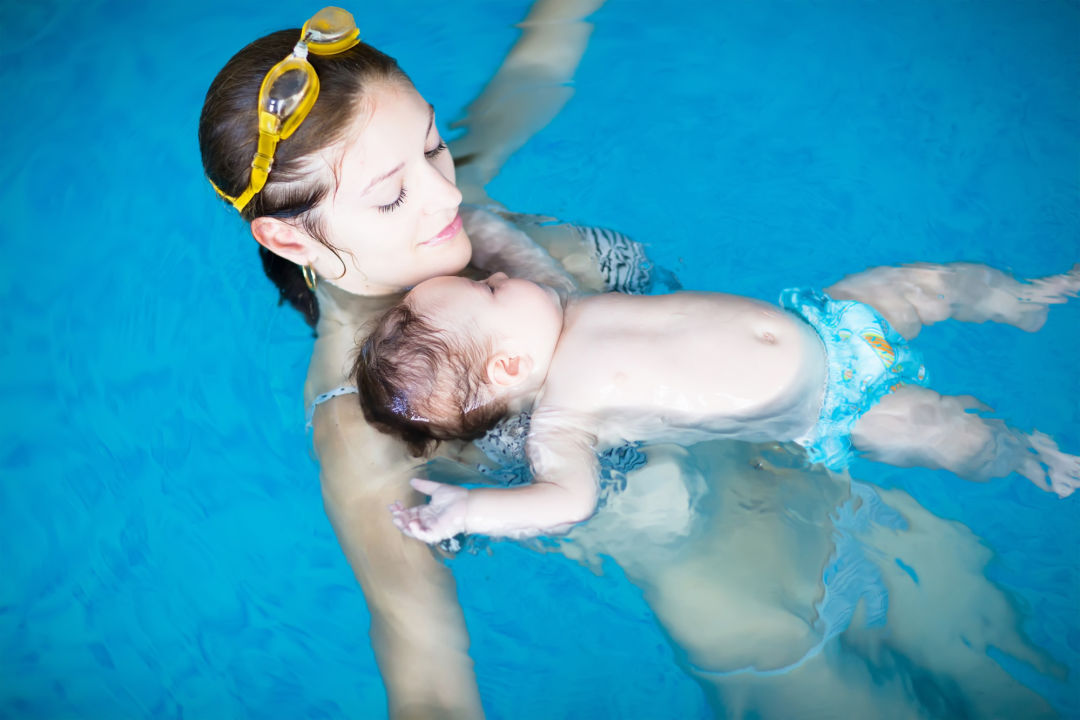Infant Swimming Resource Helps Kids Learn Water-Survival Techniques

Infant Swimming Resource uses certified instructors and one-on-one pool time to acclimate children to water-survival techniques.
Image: Shutterstock
A seven-month-old baby is submerged a foot below the surface of a Sarasota swimming pool. But the adults around the pool—including her mesmerized mother—don’t try to save her. Instead they watch as the baby twists and turns herself underwater, then relaxes, Zen-like, and floats to the surface, face-up, unaided, where she at last breathes again.
This is the life-saving result of six weeks of lessons—10 minutes a day, five days a week—with Infant Swimming Resource. The 51-year-old international program uses certified instructors and one-on-one pool time to acclimate children to water-survival techniques, starting as early as six months of age.
Every parent’s nightmare, especially in Florida, starts with a young child falling into a pool, or off a dock, or into a pond. What happens next is the difference between life and death.
All too frequently, the result is tragic. According to the Department of Health, more children under the age of 5 drown in Florida than in any other state—about seven in 100,000 every year.
Water is everywhere, and children are drawn to it.
With ISR training, “If they do find themselves in the water alone, they will be able to solve the problem,” explains Amy Mann, a Bradenton-based ISR instructor.
ISR’s six-week “Self Rescue” program teaches “Roll-Back-to-Float” to its youngest students. Through careful behavioral training, even children under the age of 1 can learn to hold their breath under water, turn themselves onto their backs, float to the surface and breathe.
“The program uses very small, very slow steps,” says Karlie Eggebrecht, who watched her two children go through the training before becoming a certified ISR instructor herself. “I had a lot of confidence knowing they would be safe.” The instructors introduce the babies to the sensation of the water and teach them breath control, correcting each little movement to make sure the children grow familiar with the sensations and positioning, all while rubbing their backs and using reassuring vocalizations. “We don’t teach them using language,” explains Mann. “They’re showing us the behavior we want to see, and we’re reinforcing that.” A baby won’t be submerged at all until instructors know she’ll hold her breath.
After the age of 1, students begin to learn ISR’s “Swim-Float-Swim” method, which teaches them to paddle toward safety, but to take periodic breaks by flipping over onto their backs to rest rather than panicking and exhausting themselves.
ISR instructors undergo a rigorous certification process and parents submit a detailed medical questionnaire. During the one-on-one lessons, which can be offered at private home pools or at aquatic facilities such as the Y, instructors are always in the water right next to their wards.
For the last step in the process, kids practice their floating techniques in street clothes, mimicking real-life situations when children fall into the water wearing pants and shoes. If they ever find themselves in this situation again, the logic goes, they’ll have developed the right instincts to keep their heads above the water.
Watching young children learn to survive falling into the water has a profound effect on both instructors and parents.
“It actually gave me goosebumps,” says Eggebrecht.



